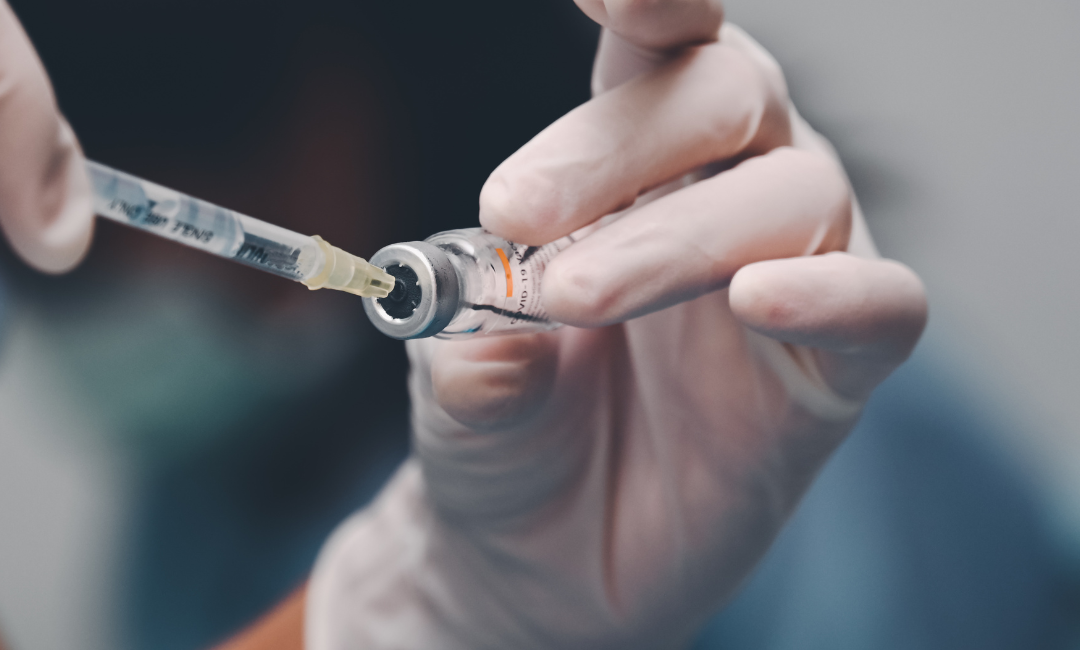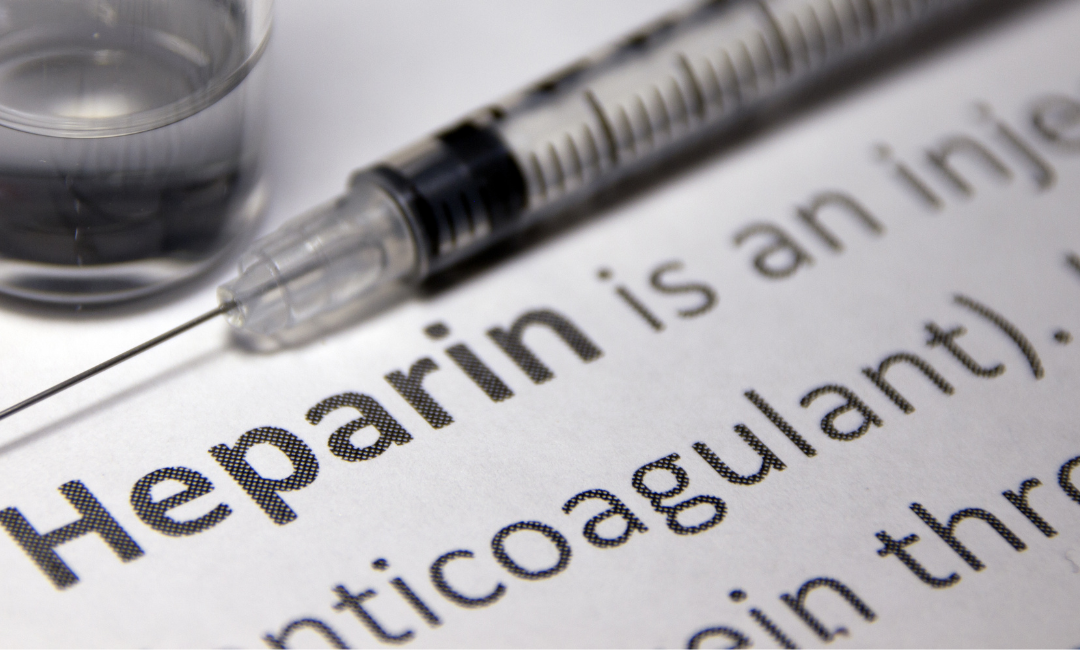Acute Radiation Case Study
A radiological accident occurred at an industrial sterilization facility following a mechanical malfunction. The supervisor, a 66-year-old man circumventing established safety protocols, entered the exposed location to clear the malfunction and received a significant dose of radiation.
Radiation experts estimate the supervisor received a whole-body dose of 4 Gy and experienced nausea and vomiting minutes later. Gray (Gy) refers to a unit of absorbed radiation (water, soil, air) by an object or person equal to the dose of one joule of energy absorbed per kilogram.
In transit to the hospital the patient developed facial and palmar erythema, abdominal tenderness and swelling of the lower eyelids. The patient arrived conscious. Blood pressure of 138/79 mm Hg, temperature of 37.9 °C, pulse rate of 114 beats/min, and respiration rate of 22 breaths/min. Several days into his hospital admission the patient developed anorexia, bruising, bleeding, generalized weakness, and dizziness.
Laboratory and bone marrow testing showed pancytopenia (deficiency in red cells, white cells, and platelets) and anemia. Multiple days of vomiting and diarrhea caused the patient to develop renal insufficiency and acute deterioration of his liver function.
Two weeks into his hospitalization the nausea and vomiting continued, overt jaundice, evolving erythema on his hands, head, and face. A radiological exam of his chest showed bilateral infiltrates in the lower lobes. Three days later the patient died.








